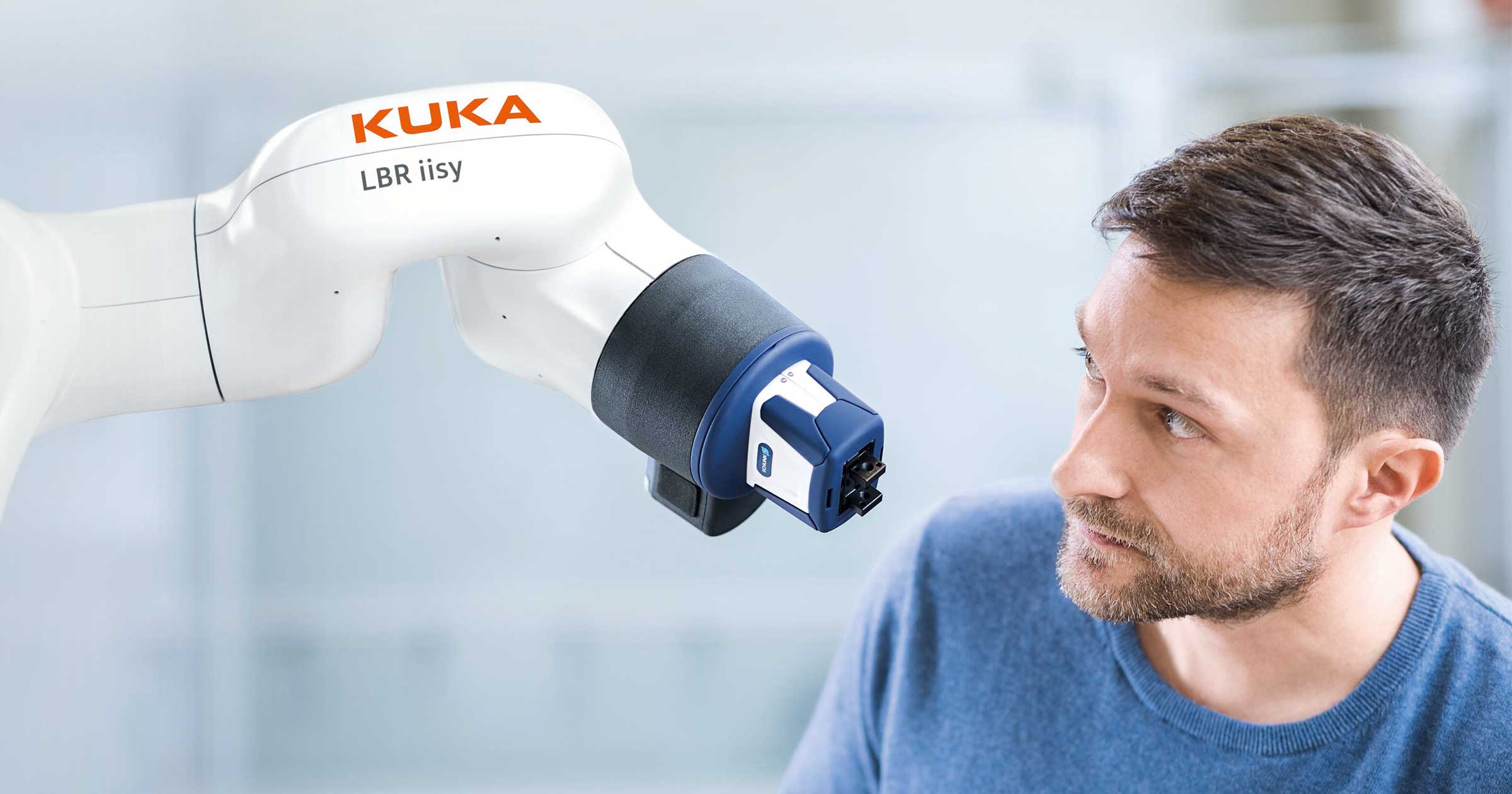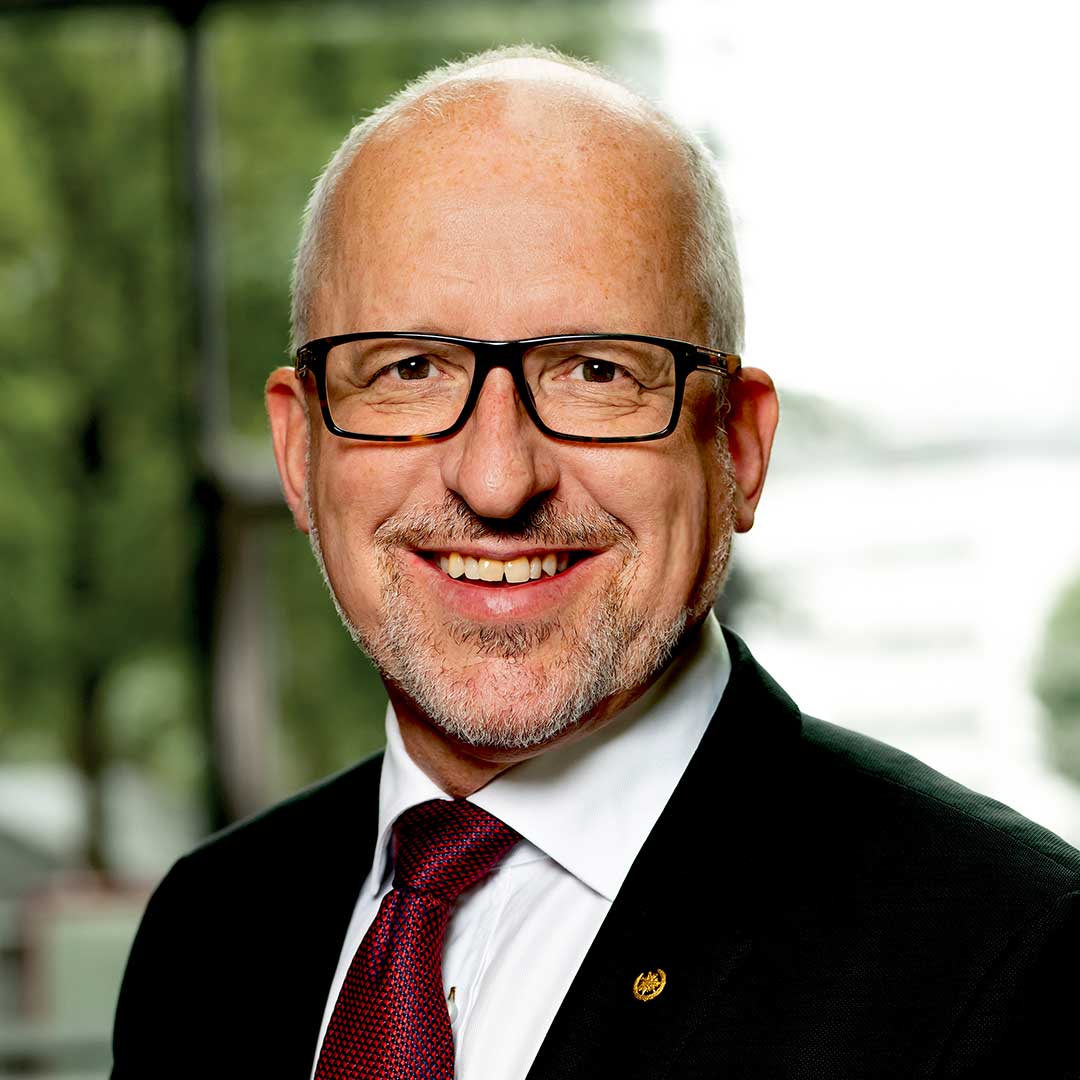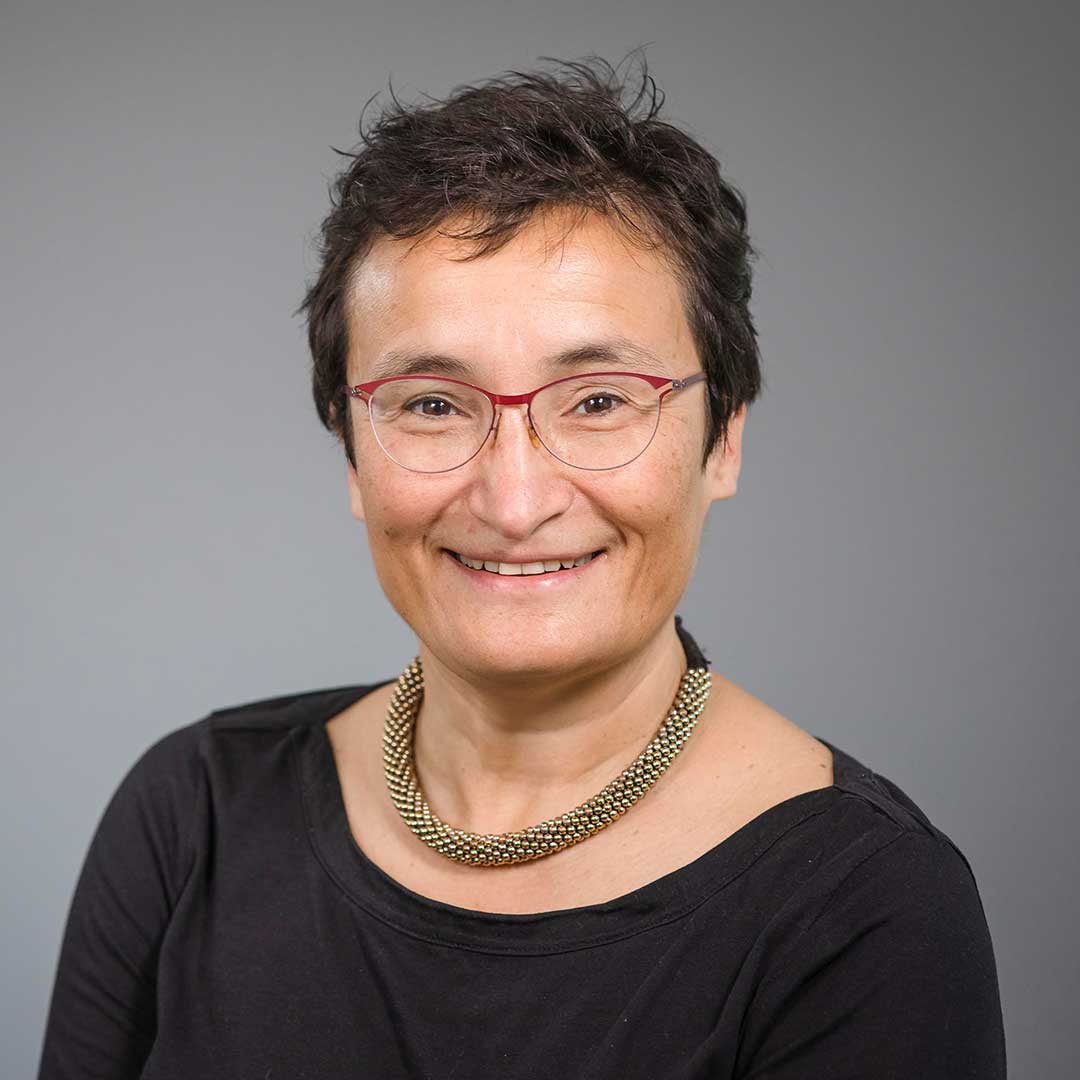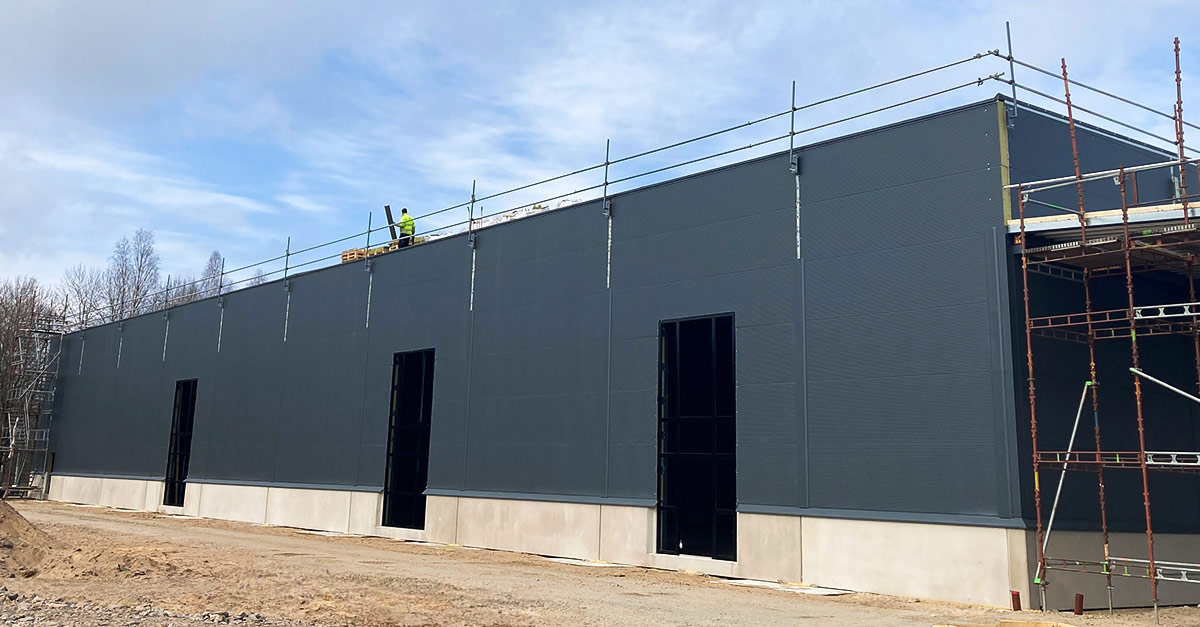Robots, the sustainable industry and the people
Humans and machines have been connected at least since the industrial revolution in the 18th century, and much longer than that. Now some are starting to worry that the balance between us and our technological tools is shifting, as AI, robots and computers form an increasingly efficient and potent mix.
 Foto: Lenny Kuhne Unsplash
Foto: Lenny Kuhne Unsplash

But Johan Stahre, Professor of Production Systems at Chalmers University of Technology, thinks the concerns are exaggerated.
– “Automation is an enabler, not least in times when young people are far fewer than older people in the West and East Asia,” he says.
According to Johan Stahre, something that is not talked about so much is that the demographics look a bit bleak in Europe. But also, in countries like China and the US. Not to mention Japan.
– I don’t think everyone has really understood how few people in the younger generation are. In Stockholm and Gothenburg, we now have just over half as many 20- to 25-year-olds as 30- to 35-year-olds. There have never been so few children born as now,” he says.
‘Industry can’t get hold of people, and the same goes for healthcare. Meanwhile, one of the big hamburger chains, with a predominantly young workforce, has announced that it will employ 10 000 people in Sweden.
– ‘I can only say … good luck,’ says Johan Stahre.
Older people’s skills are needed
It is clear to him that those who have been in the workforce for a long time, and have retirement within reach, would be needed a little longer than they might have expected. In this perspective, he sees automation as an important factor. It makes it possible for older people, who are less physically fit, to continue working and contribute their many years of expertise. Not only because health care and the pension system have become more difficult to take care of them, but because they are hard to replace.
Ever since the flying shuttle revolutionized the textile industry in the 18th century, we have had a double-edged view of machines. Fantastic tools, but also competitors for the work that feeds us.
– When the first factories opened, workers would throw things into the machines to sabotage them,’ says Johan Stahre.
Now, when the industry is in the middle of a paradigm shift where automation is increasingly taking place in industrial production, this discussion is highly relevant. But according to Johan Stahre, it is unlikely that robots will take over to any great extent.
-“It’s not about making some employees unemployed. Instead, they will take over some of their many tasks. This frees up capacity for new and interesting things. Humans are not well equipped for heavy lifting and monotonous work, so it’s good if automation takes care of that,” he says.
It is in this perspective that he also looks at the contemporary phenomenon of highly automated warehouses. “The automation equipment does an arduous job that would be both exhausting and degrading for a human being. At the same time, the robots need us, to be serviced and repaired, and to be programmed so that they know how to work.
He compares the role of robots to a cell phone.
– “Today, you don’t have to struggle to remember all your friends’ phone numbers anymore, which makes everything much easier. But the phone doesn’t make the calls for you, you must do that yourself.

Still relatively few robots
The plastic human brain and its ability to handle both difficult decisions, and our physical limbs with their fine motor precision, are indispensable for managing things in industry.
– This will be the case for the foreseeable future,” he says.
And even though robots are on the rise, they are still quite rare. In a country like Sweden, which still has a strong engineering culture, there are fewer than 300 robots per 10 000 employees. The global average is around 120 robots per 10 000.
Robots and automation are strongly linked to the concept of Industry 4.0. The term refers to the fact that after previous technological leaps such as the steam engine, electricity and computers, we have taken another step. To an era where modern machines have become connected to computers and to the internet – which has provided endless opportunities to both control and monitor the machines, as well as to collect data and perform analysis.
– I have German colleagues who actually coined the term Industry 4.0. For them, it was mostly to collect and describe something that already existed, an idea to highlight how good European industry is. They felt that we had been left behind by the US and China and wanted to position ourselves. Then they were quite surprised that the concept stuck as it did,” he says.
Now, instead, there is talk of an Industry 5.0.
– “We have added a layer of more human-centered values, where we start from the human ability to create a functioning future.
It is about sustainability, including from a climate perspective, but also about society being resilient and able to cope with disruptions such as pandemics and geopolitical unrest – such as the war in Ukraine. Supply chains must be secured, as well as the availability of raw materials. Another part of Industry 5.0 is to center the industry around human needs and opportunities, which fits well when there are fewer of us in the labor market. Simply put, an industry that is both climate and socially sustainable, even if Johan Stahre is not fond of the term sustainability.
– “No, it implies that we should have something that works for a while, until it breaks. I think sustainable is better,” he says.
Foto: Lenny Kuhne, Unsplash

What computers can – and can’t do
With the rise of automation and AI … there is a fear that machines will not just take over jobs. Some predict that we may eventually reach a level where they start to think for themselves and become aware of human shortcomings: impulsive and driven, aggressive and belligerent, etc. There have been warnings of a scenario where the machines get fed up and simply rationalize us away.
But Virginia Dignum, Professor of Responsible Artificial Intelligence at Umeå University, sees little reason for concern.
– ‘No, those are fantasies,’ she says.
Like Johan Stahre, she points out that automation is nothing new, and that it has existed to some extent since the industrial revolution.
– ‘Human activities, and what is required of us, are a changing matter. Jobs today do not look like they did in our grandparents’ time, and they continue to transform. It is important to be aware of that,” she says.
“New skills will always be needed, and it is crucial that we never stop training ourselves to do new things.
– But machines taking over things that are dangerous or boring is a good thing.
One area where there is a lot of talk about AI is self-driving cars. Here, Virginia Dignum believes that many people are too optimistic.
– Sure, they already exist to some extent. But the idea that they would be able to get around on their own in complicated city traffic … people keep saying it will happen in three years. But it will take a long time.
So, what makes the idea of thinking computers taking over so incredible? According to Virginia Dignum, they are simply not designed that way. Basically, it’s just a long chain of on and off buttons, ones or zeros. Kind of like a self-playing piano.
– We know they can’t develop their own intellect, it’s impossible. There are limits to what can be computerized.
And even if something like that were to appear in the future, it would still be something that would be designed by people.
– Of course, we need to think about what we want the machines to do and take responsibility for what we develop.
But computers with their own soul …
– … just science fiction,” says Virginia Dignum.

Facts: Johan Stahre
Age: 61 years.
Occupation: Professor of Production Systems at Chalmers University of Technology.
Lives in: Gothenburg.
Family: Wife and two adult children.
Photo: Julia Sjöberg

Facts: Virginia Dignum
Age: 58 years old.
Profession: Professor of responsible artificial intelligence at Umeå University.
Lives in: Umeå.
Family: Husband and two adult children.
Photo: Mattias Pettersson


